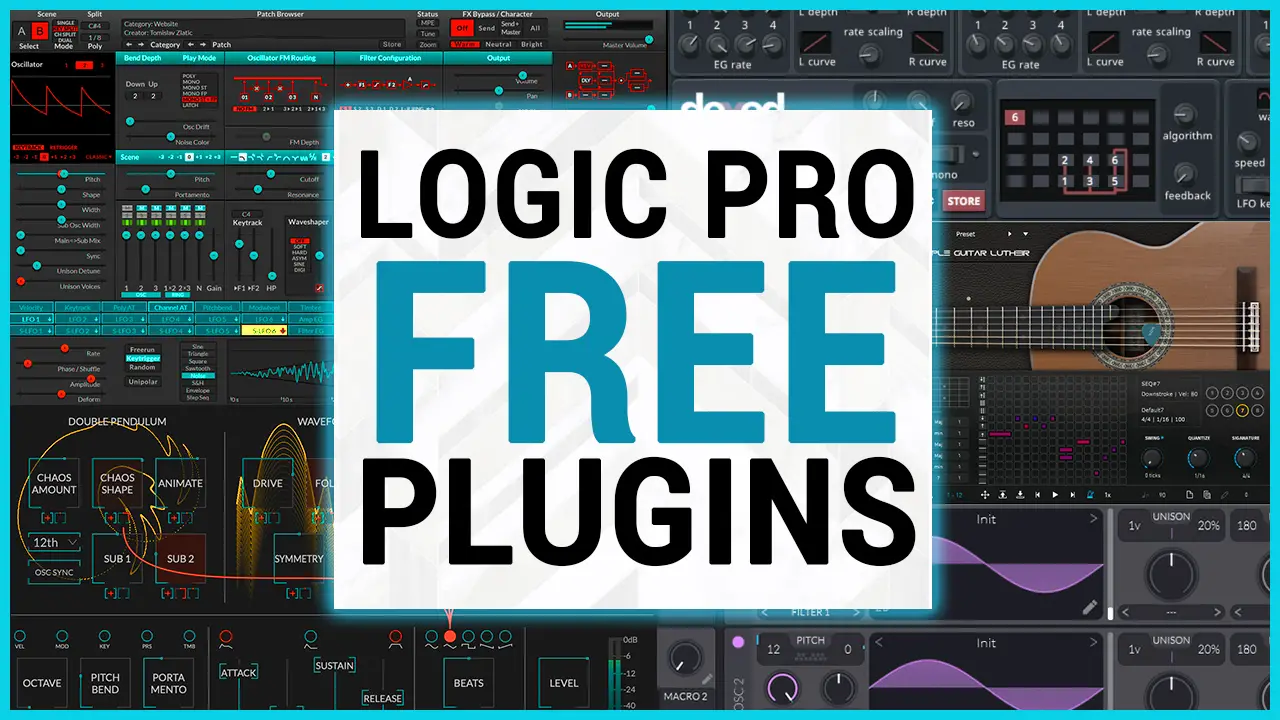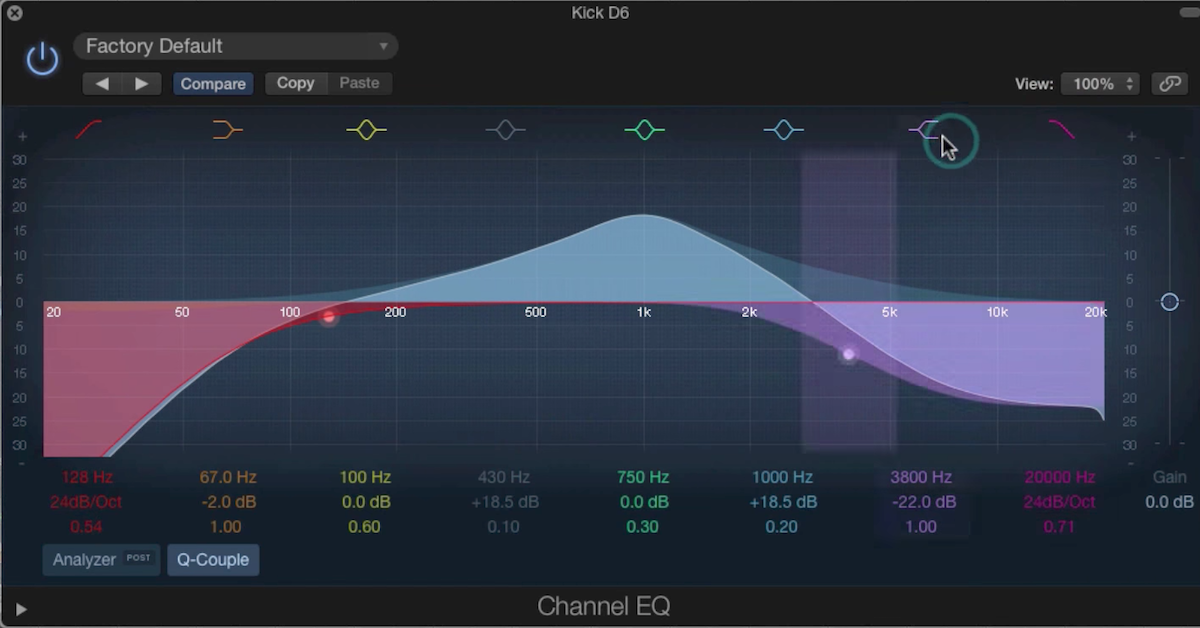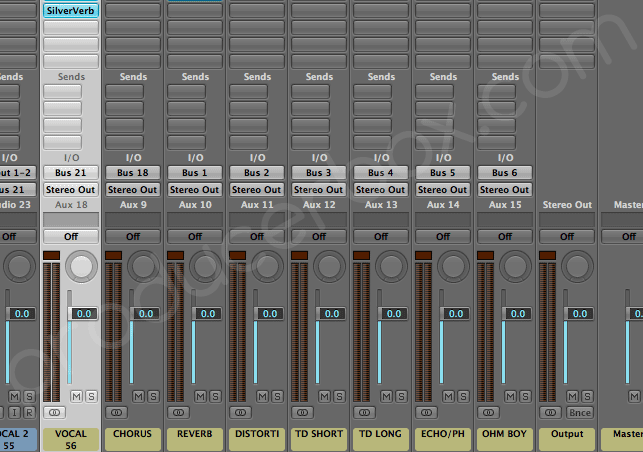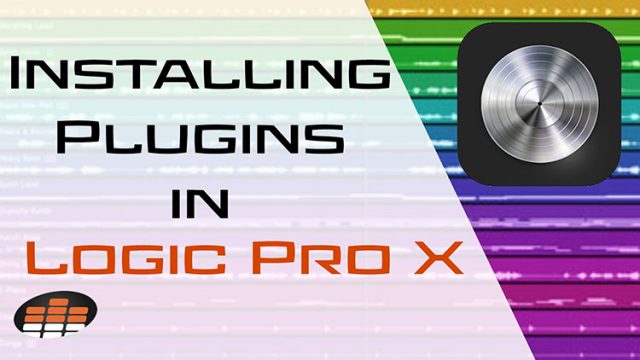
These reverbs can make very realistic sounding reverbs since they are based off actual naturally occurring reverbs. Spring reverbs are known for their use on guitars and are a staple of the tone of classic rock.Īlgorithmic reverbs are reverbs that are digitally produced via the use of an algorithm, generally trying to emulate one of the previously mentioned reverb types.Ĭonvolution reverbs use samples (called impulse responses, or just IR) of real-life spaces to recreate how that space sounds. Spring reverbs sound almost like a lot of echos closely together as opposed to smoother reflections. This allowed the plate concept to be miniaturized as you got more surface into a smaller area, and springs move more easily. Because of their brighter tone, plate reverbs are great for elements at the front of the mix.Ī spring reverb is similar to a plate, except instead of vibrating a plate, we’re moving a spring. The timbre of the reverb would be highly dependent on the material used for the plate, but plate reverbs are famous for their bright and smooth sound. The audio signal would be run through a metallic plate, and the vibrations of the plate would be recorded. This gave them a “wet” reverb signal they could then mix into the original signal.Ĭhambers feel denser and thicker than other reverbs since they are really a small space artificially made to have more reflections. The engineer would run the audio into the room via a speaker, which was then recorded with mics in the room. They were basically a small side-room or chamber (hence the name) that had a lot of angles and was covered in very reflective surfaces. These large and flowing reverbs generally push a sound further back in a mix.Ĭhamber reverbs were an invention to make reverb accessible without requiring massive spaces. They are the sound of the reverberations in a large space, like concert halls, cathedrals or concert venues. Hall reverbs sound big, smooth, and spacious. Think of this like a cohesive glue that places sounds into one real space.

The main purpose of a room reverb is to for most or all elements of your mix to have a shared space. Most room reverbs are an emulation of a studio room designed for the purpose of having a specific sound to them. This became the origin of what a lot of modern-day reverb plugins try to emulate. Phil Spectre, famous for his “wall of sound”, was revolutionary in his approach to space by recording different elements of his song in different studios so that he could get different sizes and tones in the recordings.Īs our audio gear became more sophisticated, we came up with many solutions to add reverb without having to have large spaces to suit our needs. After reading this post you’ll get a much stronger idea of the different types of reverbs, when to use them, and our favorite reverb plugins on the market.īefore we came up with techniques to emulate reverb, there was only one way to have reverb on your tracks- record them in a space that had the room characteristics you wanted. I came to learn that there are many kinds of reverbs, at varying levels of quality, with different characters that suit different purposes. My DAW already has reverbs – why would I buy more? When I was newer to producing, I had difficulty understanding the purpose of purchasing additional reverbs. Try reinstalling the disabled plug-in or check with the manufacturer for an update.Before we even get into discussing the best reverb plugins available, it’s important to talk about why we should even care.

If you can't open the app after replacing a particular plug-in file, that plug-in might be corrupted or incompatible.Quit and reopen the app after you replace each plug-in file. If you can open the app, replace each plug-in file to its original location one-by-one.Move all the plug-in files that appear in their installation locations to the new folder.If you still can't open Logic Pro or MainStage: If you suspect a particular plug-in might be causing the issue, locate the file for the plug-in in the folder, then drag the file to the Desktop.From the Finder menu bar, choose Go > Go to Folder, type "~/Library/Audio/Plug-Ins/Components" into the Go to Folder field, then click Go.


You can also check the Library in your Home folder.From the Finder menu bar, choose Go > Go to Folder, type "/Library/Audio/Plug-Ins/Components" into the Go to Folder field, then click Go.Find the installed plug-in file on your Mac:.If you can’t open Logic Pro or MainStage, remove the installer files for third-party Audio Units:


 0 kommentar(er)
0 kommentar(er)
